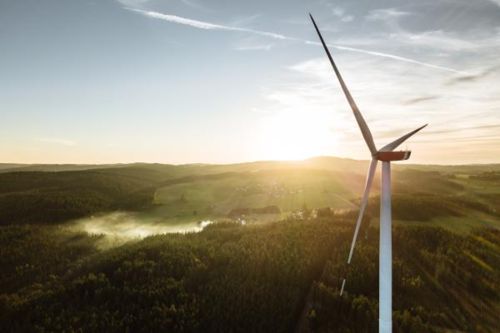Despite its well-documented solar and wind potential, Ghana is struggling to attract private investment in renewable energy. The challenge stems from a policy environment shaped by government reforms to Power Purchase Agreements (PPAs), introduced to improve energy-sector governance, cut maintenance costs, and prevent the burden of excess capacity from worsening.
Ghana’s national grid already has a supply margin roughly 2,000 MW higher than the 2022 peak demand of 3,469 MW. This surplus contributes to technical, commercial, and collection losses estimated at nearly 40% of output, costing more than $25 million in lost revenue each month. According to the Ministry of Finance, debts owed by the Electricity Company of Ghana (ECG) to independent power producers (IPPs) stood at $1.73 billion in 2024.
Many of the contracts signed in the 2010s included take-or-pay clauses obliging the state to pay for unused capacity. The Climate Policy Lab estimates total debt in Ghana’s energy sector at over $3 billion, underscoring the burden of existing contracts.
The Ministry of Energy cites these issues to justify a cautious approach to new commitments, focusing instead on optimizing the existing generation fleet and reducing liabilities before relaunching public-private partnerships. Authorities imposed a moratorium on new PPAs for renewables in 2017 and for gas in 2018.
Although restrictions were partially lifted in 2023—especially for wholesale supply licenses and “embedded generation” units feeding specific areas—the regulatory framework remains tight. Investors still seek guarantees from the state-owned ECG, which faces serious financial constraints.
Paradoxically, Ghana enjoys average solar irradiation above 5 kWh/m² per day, according to the African Centre for Renewable Energy (ASEC). It also has coastal wind zones rated between levels 2 and 6 on the Energy Commission’s wind density scale—ranges considered suitable for power generation. Yet private investment in this potential remains stagnant.
By the end of 2023, installed solar and wind capacity accounted for just 2.3% of Ghana’s total—132 MW out of 5,639 MW, official data show. The Ministry of Energy says it is developing a new PPA model tailored to renewables, intended to attract investors without adding to public debt. Such reform is seen as essential to easing fiscal pressure and rebalancing the country’s energy mix.
Abdel-Latif Boureima



